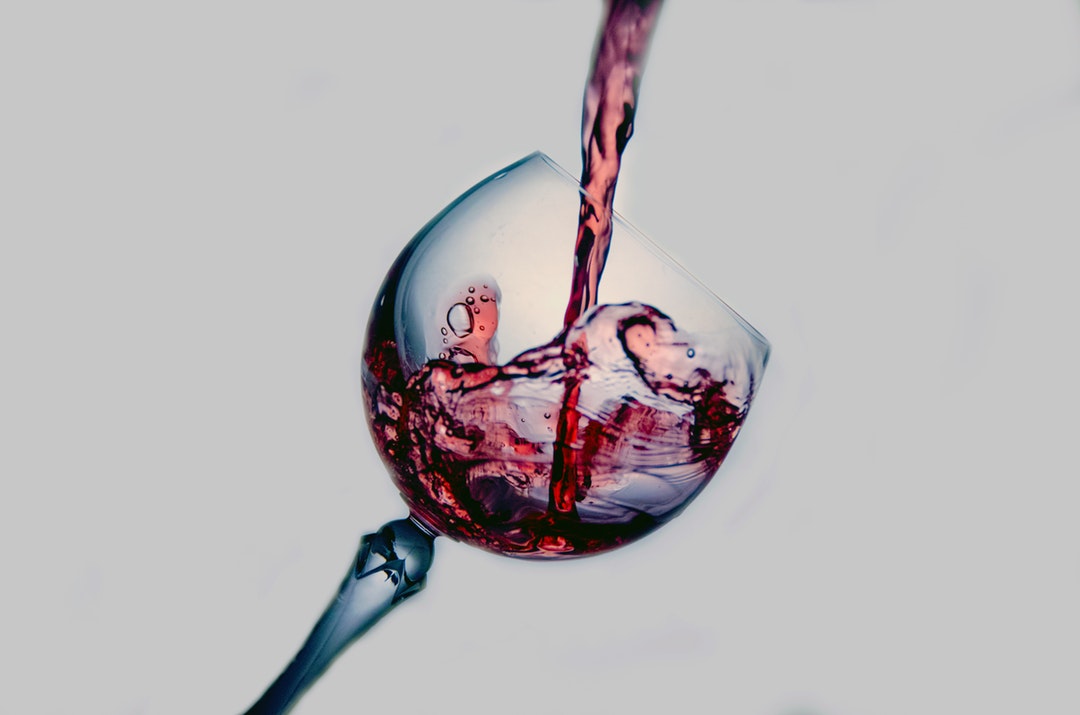
Do you feel intimidated by phrases like “floral bouquet” and “high up in the nose?” You’re in the right place!
This wine guide will give you a solid foundation that will help you gain confidence at parties, restaurants, and wine tastings. More importantly, it will enhance your experience of the wine. Keep reading to learn more.
Wine Guide: Tasting Vocabulary
Wineries and nice restaurants are natural classrooms for wine education. To reduce the intimidation factor, you need to learn some basic “tasting” language:
Flavors
You’re probably already familiar with some of the descriptive words related to wine flavors. People might often refer to these nuances of flavor and smell as “notes.”
- fruity
- earthy
- spicy
- dry (not sweet)
- floral
- smoky
Cabernet Sauvignon is a dry red wine that has a strong oak smell and taste. If you aren’t used to drinking red wine, the taste of a “cab” may not appeal to you. Instead, it may taste bitter or sour.
Because wine is aged in oak barrels, even the novice wine drinker will notice the smell and flavor of oak.
In addition to oak, chocolate, berries, vanilla, clove, and raisins are also commonly-detected flavors.
Textures
People tend to describe sweeter wines as “soft.” Acidic wines, like a chardonnay, may be described as “crisp.”
The wine’s “body” relates to its perceived weight and thickness. Full-bodied wines coat the glass when you swirl them as opposed to light-bodied ones.
Tannins
Tannins are bitter and come from the fermentation of the skins of the grapes in the juice. The skins give the wine its color. Darker wines are higher in tannins.
Some Basic Rules
In addition to being able to discuss the colors, flavors, tastes, and textures of the wine, you also want to follow some basic wine etiquette. There are practical reasons for the following rules:
Since red wines are higher in tannins, it’s best to serve them at room temperature to ensure the best flavor. White wine, on the other hand, is best served chilled. Don’t overdo it, though.
Also, hold the wine glass by the stem. Otherwise, your hand will warm up the glass, thereby affecting the flavor.
Don’t fill the glass to the rim. Leave enough room to swirl the wine in the glass so you can smell the full aroma before tasting it.
Use the appropriate wine glass for the type of wine as this affects the flavor and smell of the wine. Red wine glasses, for example, are much wider than white wine glasses.
Ideas for Experimentation
One of the most important rules is to avoid worrying too much about rules. Everyone’s tastes are different.
Here are some fun ways to experiment:
1. Drink the same wine with various foods and note how the food affected the flavor of the wine. Keep your notes in a wine journal.
2. Invite friends over for a wine tasting. Make it festive by serving the wine in hand painted stain glassware. It’s fun to learn with friends in a relaxed atmosphere.
3. Take a sip of red wine and white wine at the appropriate temperatures as listed in the previous section. Then, try drinking the red wine cold and the white wine at room temperature. Note how the temperature affects the flavor and smell of the wine.
Continue Your Studies
Don’t worry if it all tastes and smells the same at first. Detecting the different flavors and textures of wine takes time.
Your palate will also change over time and you may grow to love wines that were previously too dry for you. If our wine guide has inspired you, check out the rest of our site for more informational content.

